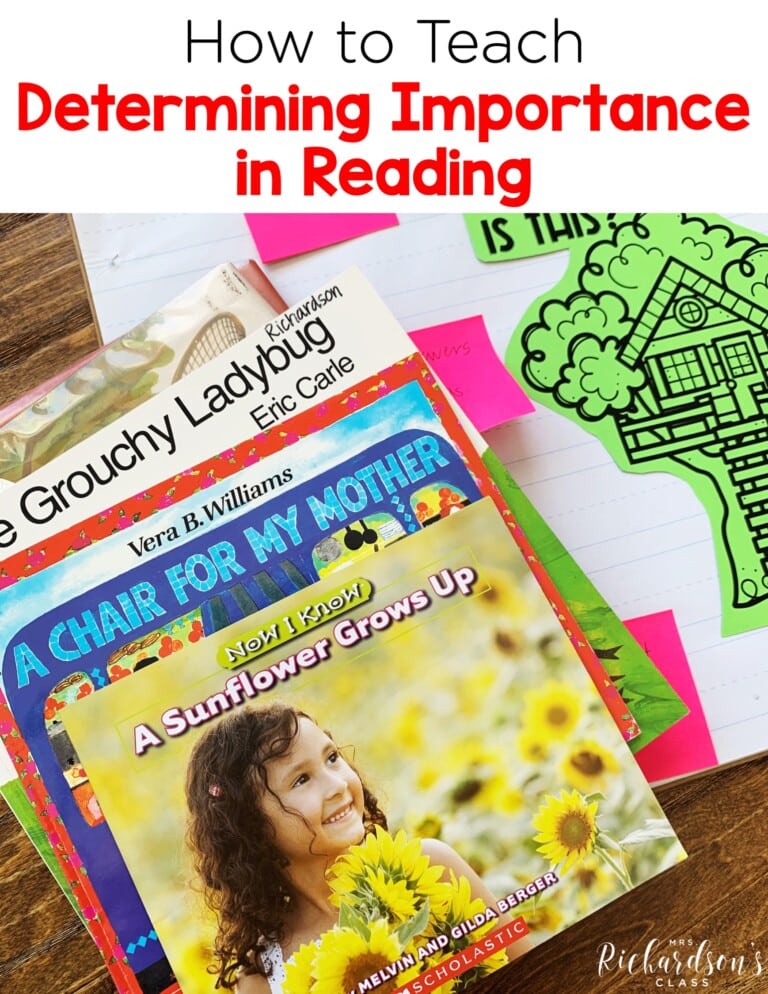


“Amanda, there must be a secret to successful guided reading. What is it?” I get asked this exact question often. Teachers want students to experience success in reading through guided reading, but sometimes they feel like a hamster in a wheel. They are doing the “right” things, but it feels like going through the motions.
I have such a passion for guided reading, and I want you to love it as much as I do. In order to do that, you have to feel successful. You have to see progress in students’ reading skills. So, what’s the big secret to guided reading? Here it is…
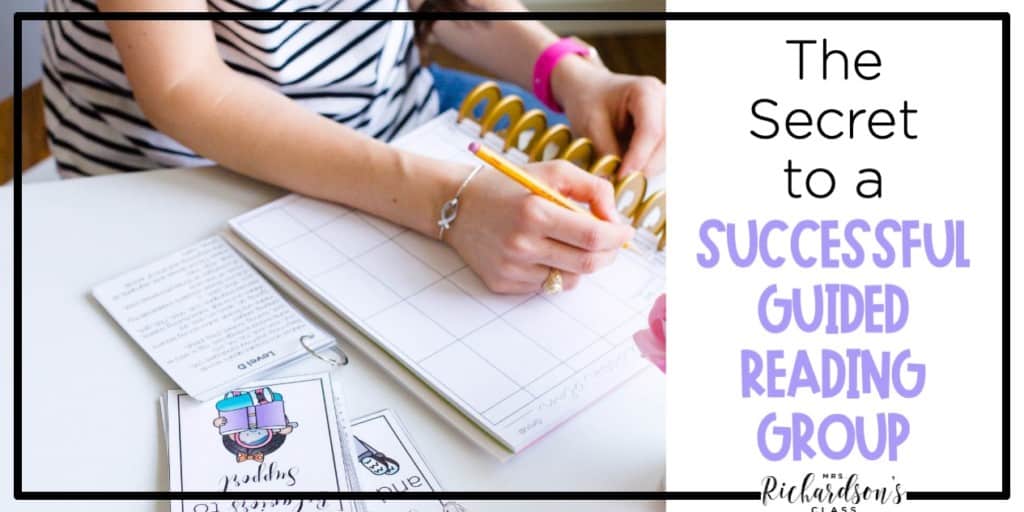
You must plan ahead.
Yes, planning ahead really is the secret to successful guided reading lessons. It’s what can make or break a guided reading group. Without it, you’ll be left feeling frazzled and frustrated. Let’s jump into what you can practically do to plan ahead for successful guided reading groups. Also, don’t forget to grab the FREEBIE at the end!
Learning how to take a running record and how to analyze a running record helps you build your guided reading groups. You can group your students based on their reading levels and on the strategies they need to practice.
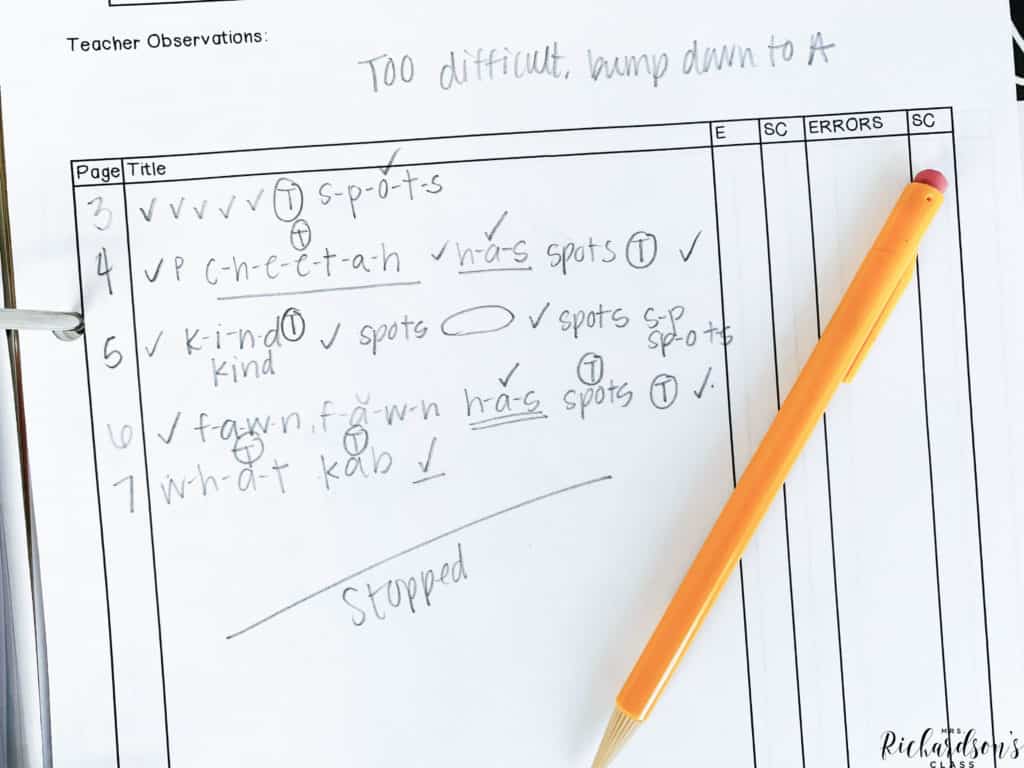
After you analyze the most recent running records, you should adjust your guided reading groups as needed. If someone is ready to move up, go ahead and bump them up. If several students need to work on the same reading strategy, group them together.
When you have your groups planned out, find guided reading books. Preread each one to make sure it will be a good fit for each of your groups. Even though it might be marked as a certain level, there can still be a slight variation in difficulty. In addition to variation, some books lend themselves more easily to certain reading strategies and comprehension focuses.
After previewing each text, identify the reading strategies and comprehension focus for each text. What skills do your students in that group really need to work on? What comprehension practice do they need to build a strong reading foundation?
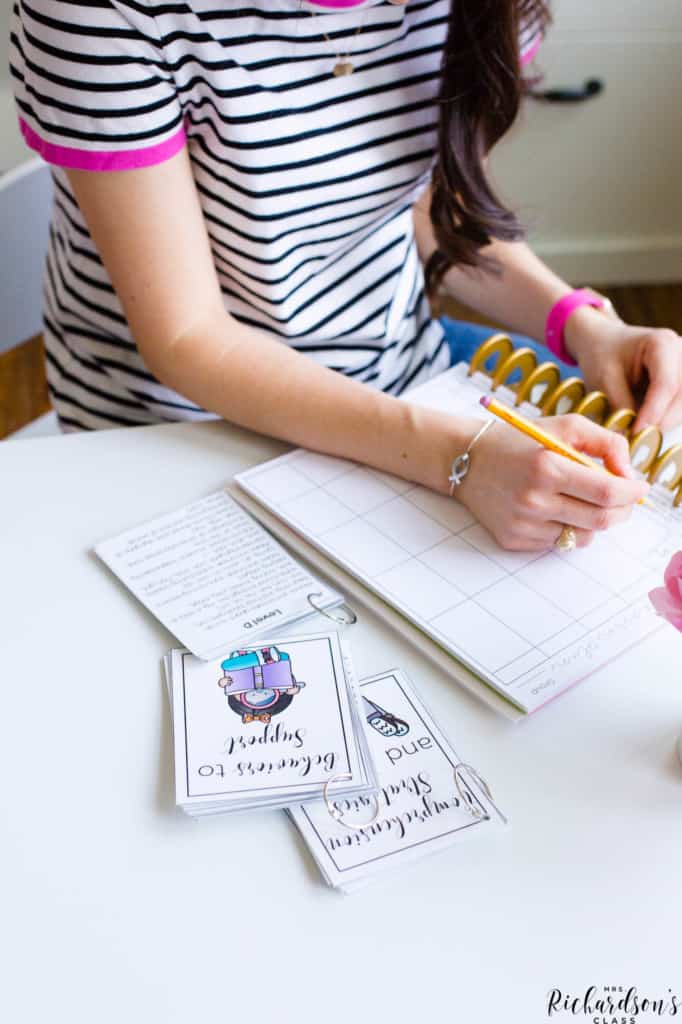
Next, identify tricky words that you think students need help with before reading. This is especially helpful with ELL students.
Finally, choose the sight words that you want to focus on for each group. Helping students focus and find sight words in their texts will help them become more fluent readers.
The last step is to grab your lesson plan and gather your materials. Most teachers are usually surprised that you don’t need lots of fancy supplies to have success. You can find my favorite guided reading tools HERE and my top dollar store guided reading tool finds HERE.
The basic supplies I used every day include:
Of course, you can always add in fun tools like reading glasses, googly-eye finger pointers, and whisper phones to jazz things up when you want to. Keep materials close by and organized to make them easy to grab and go!
While you are meeting with your guided reading group, your other students are in literacy stations. Setting up successful literacy stations takes intentional planning and prep.
Choose literacy stations that have components that you like, that work for your students, and that you can manage preparing for each week. After thinking about what I wanted and didn’t want for literacy stations, these are the eight stations I settled on:
Beginning literacy stations and implementing them well prepares the way for uninterrupted guided reading time.

Spend time thoroughly introducing each literacy station and explaining how to rotate through them. Build in practice time for students to actually practice each station, rotating through stations, and problem-solving if they get stuck on something. If students don’t know what the expectations are, they can’t be expected to stay on task.
Launching literacy stations is a big undertaking, but doing it well means guided reading time for you. One key is to make sure students can do each station independently. If they need help or get stuck, make sure they know what to do.
In my blog post Keeping Students On Task During Literacy Stations, I shared some of my favorite tips for keeping students motivated and focused during stations. I also shared my favorite ways to reduce interruptions at the guided reading table.
Grab your FREE Guided Reading Prep Checklist to keep at your fingertips for easy planning. You can get yours by dropping your name and email below and joining my email list!
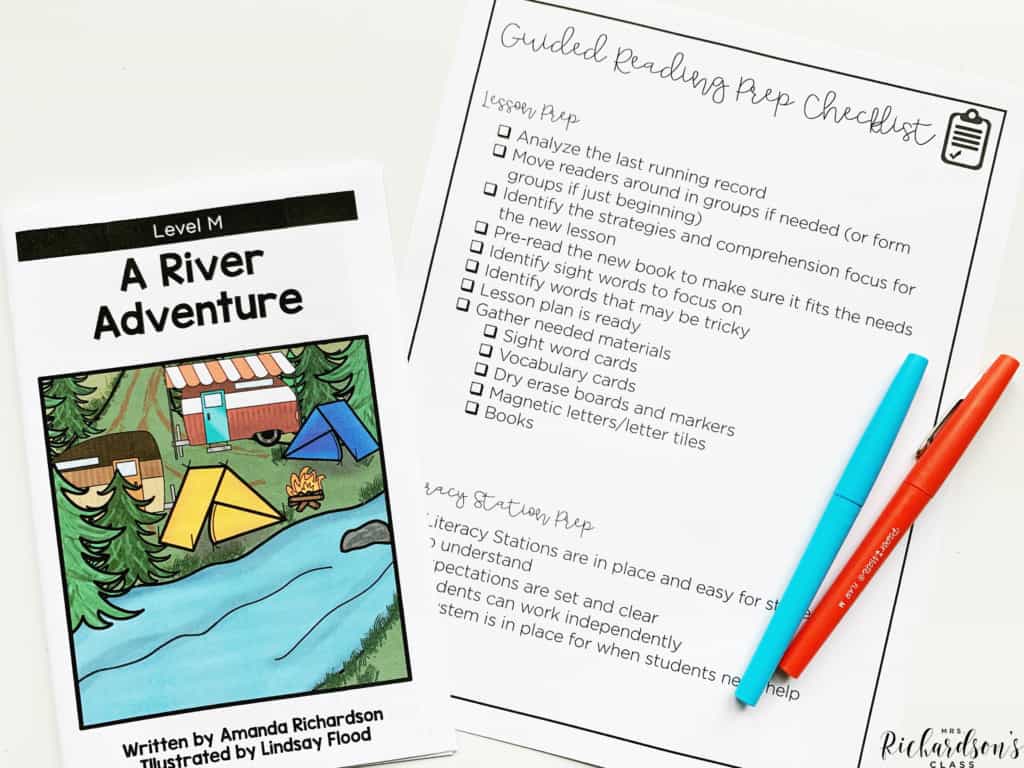
While planning ahead is the secret to guided reading, there are many more important components for success. I would love to show you how to do guided reading confidently to see results in your students’ reading all year long. Guided Reading Unpacked is the only teacher-tested, teacher-approved course that will do just that!
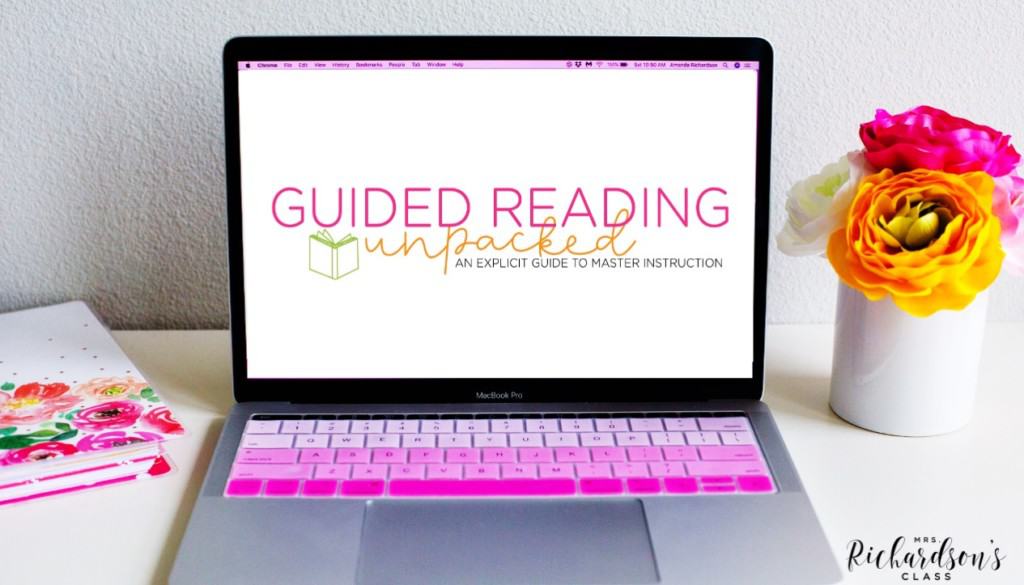
Head HERE to get on the waitlist to be the first to know when this course is open for registration!
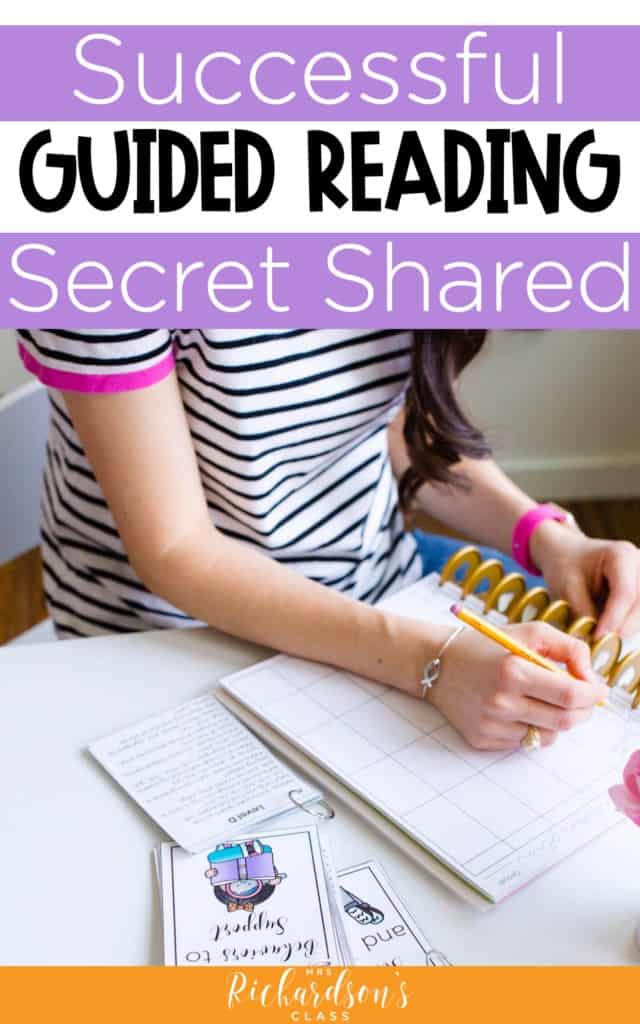

Want to use the latest research to boost your readers during small groups? This FREE guide is packed with engaging ideas to help them grow!

I’m a K-1 teacher who is passionate about making lessons your students love and that are easy to implement for teachers. Helping teachers like you navigate their way through their literacy block brings me great joy. I am a lifelong learner who loves staying on top of current literacy learning and practices. Here, you’ll find the tools you need to move your K-2 students forward!


| Cookie | Duration | Description |
|---|---|---|
| cookielawinfo-checkbox-analytics | 11 months | This cookie is set by GDPR Cookie Consent plugin. The cookie is used to store the user consent for the cookies in the category "Analytics". |
| cookielawinfo-checkbox-functional | 11 months | The cookie is set by GDPR cookie consent to record the user consent for the cookies in the category "Functional". |
| cookielawinfo-checkbox-necessary | 11 months | This cookie is set by GDPR Cookie Consent plugin. The cookies is used to store the user consent for the cookies in the category "Necessary". |
| cookielawinfo-checkbox-others | 11 months | This cookie is set by GDPR Cookie Consent plugin. The cookie is used to store the user consent for the cookies in the category "Other. |
| cookielawinfo-checkbox-performance | 11 months | This cookie is set by GDPR Cookie Consent plugin. The cookie is used to store the user consent for the cookies in the category "Performance". |
| viewed_cookie_policy | 11 months | The cookie is set by the GDPR Cookie Consent plugin and is used to store whether or not user has consented to the use of cookies. It does not store any personal data. |
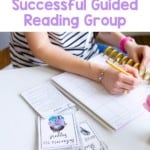


4 Responses
Thank you for these amazing tips. I now have to work with my teachers through remote learning. t has not been easy but these tips are really helpful.
Hi Natasha! You are right, it’s not simple. I am right there with you in figuring out how to best support teachers as they are working so hard to still bring best teaching practices to their new virtual classrooms! You are doing a great job!!
Thank you for the free information!
You are welcome, Cheri!